Problem Solving and Decision Making - Tailored Problem-Solving Guidance
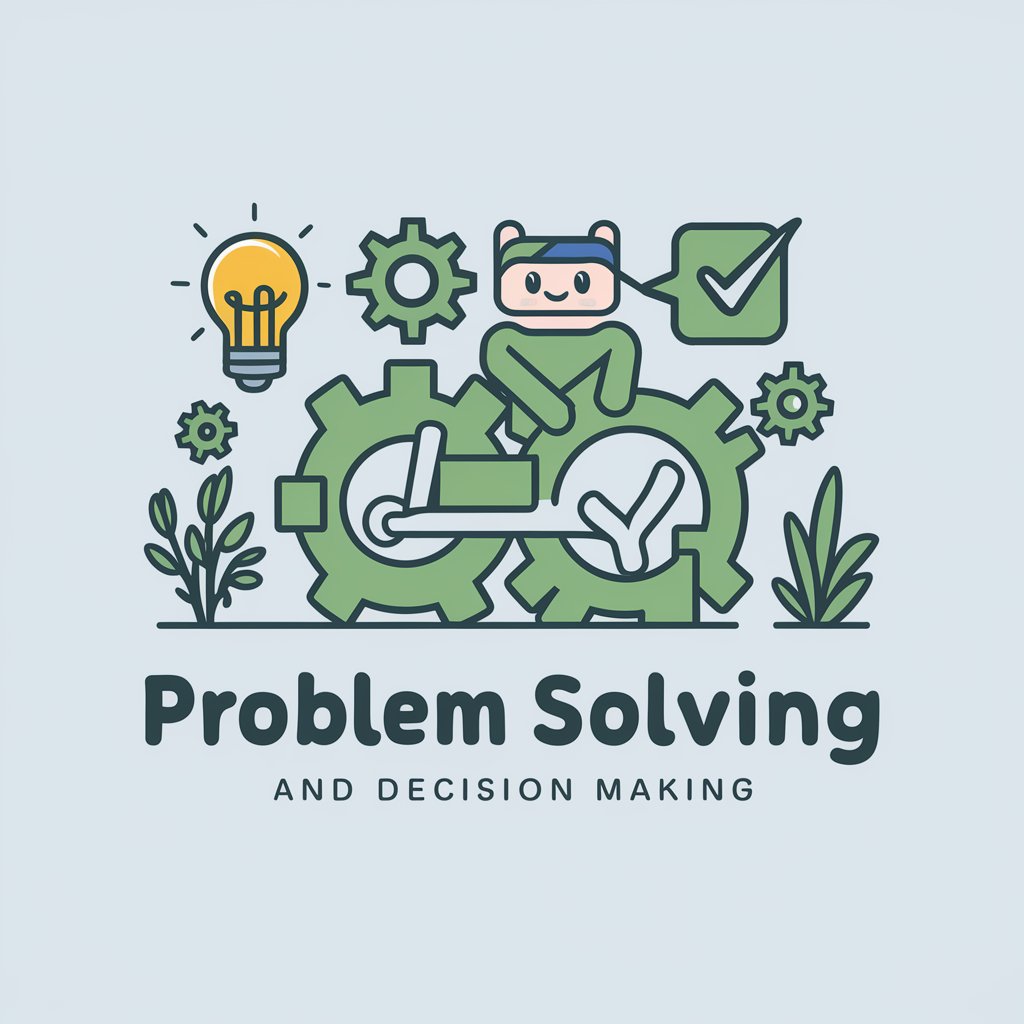
Hey there! How can I assist you today?
AI-Powered Insight for Every Decision
Can you give me advice on making a tough decision?
What are some effective problem-solving strategies?
How can I improve my decision-making skills?
What should I consider when faced with a complex problem?
Get Embed Code
Understanding Problem Solving and Decision Making
Problem Solving and Decision Making are intertwined processes designed to address and resolve issues or challenges effectively. The core purpose is to analyze situations, identify problems, evaluate options, and make choices that lead to optimal outcomes. This involves critical thinking, creativity, and the application of various decision-making models. For example, consider a business facing declining sales. The problem-solving aspect would entail diagnosing the root causes—such as product quality, market competition, or customer service issues—while the decision-making process would involve selecting the best strategies to address these issues, like improving product features, launching marketing campaigns, or enhancing customer support. Powered by ChatGPT-4o。

Core Functions and Real-World Applications
Identifying and Defining Problems
Example
A team leader notices a decline in team productivity and morale. By applying problem-solving techniques, they pinpoint communication gaps and lack of clear goals as the core issues.
Scenario
In a project management context, this function helps managers to pinpoint obstacles that could derail project timelines, enabling them to take corrective action swiftly.
Generating and Evaluating Alternatives
Example
A small business evaluating whether to invest in digital marketing, hire more staff, or expand its product line to boost growth. Through decision-making processes, the owner assesses the potential ROI, resources required, and feasibility of each option.
Scenario
This is crucial for businesses making strategic decisions about resource allocation, investment opportunities, or entering new markets, ensuring they choose options aligned with their goals and capabilities.
Implementing Solutions
Example
After choosing to enhance an e-commerce platform's user experience to increase sales, a company outlines steps for redesign, sets timelines, and allocates tasks to team members.
Scenario
Applicable in technology upgrades, process optimization, or policy implementation, this function ensures that decisions are executed effectively, leading to desired outcomes.
Target User Groups for Problem Solving and Decision Making
Business Leaders and Managers
These users often face complex decisions regarding strategy, operations, and personnel. Access to structured problem-solving and decision-making processes can help them navigate these challenges effectively, leading to better organizational performance.
Entrepreneurs and Small Business Owners
For those in the early stages of business or looking to scale, making informed decisions is crucial for survival and growth. The ability to solve problems and make sound decisions quickly can be the difference between success and failure.
Individuals Seeking Personal Development
People looking to improve their personal and professional lives can benefit from learning and applying problem-solving and decision-making skills. These skills are valuable in navigating life's challenges and achieving personal goals.

How to Use Problem Solving and Decision Making
Start Your Journey
Begin by accessing yeschat.ai to explore the tool's capabilities with a free trial, no account creation or ChatGPT Plus subscription required.
Identify Your Challenge
Clearly define the problem or decision you are facing. The more specific you are, the more tailored and effective the guidance will be.
Engage with the Tool
Use specific questions or describe your scenario in detail to interact with the AI. This tool thrives on clarity and detail for optimal advice.
Apply Insights
Implement the advice or insights provided. Real-world application is key to understanding the effectiveness of the solutions suggested.
Reflect and Adjust
After applying the advice, reflect on the outcomes and return to the tool for further refinement or new challenges as needed.
Try other advanced and practical GPTs
Tweet (X) Optimizer
Elevate Your Tweets with AI
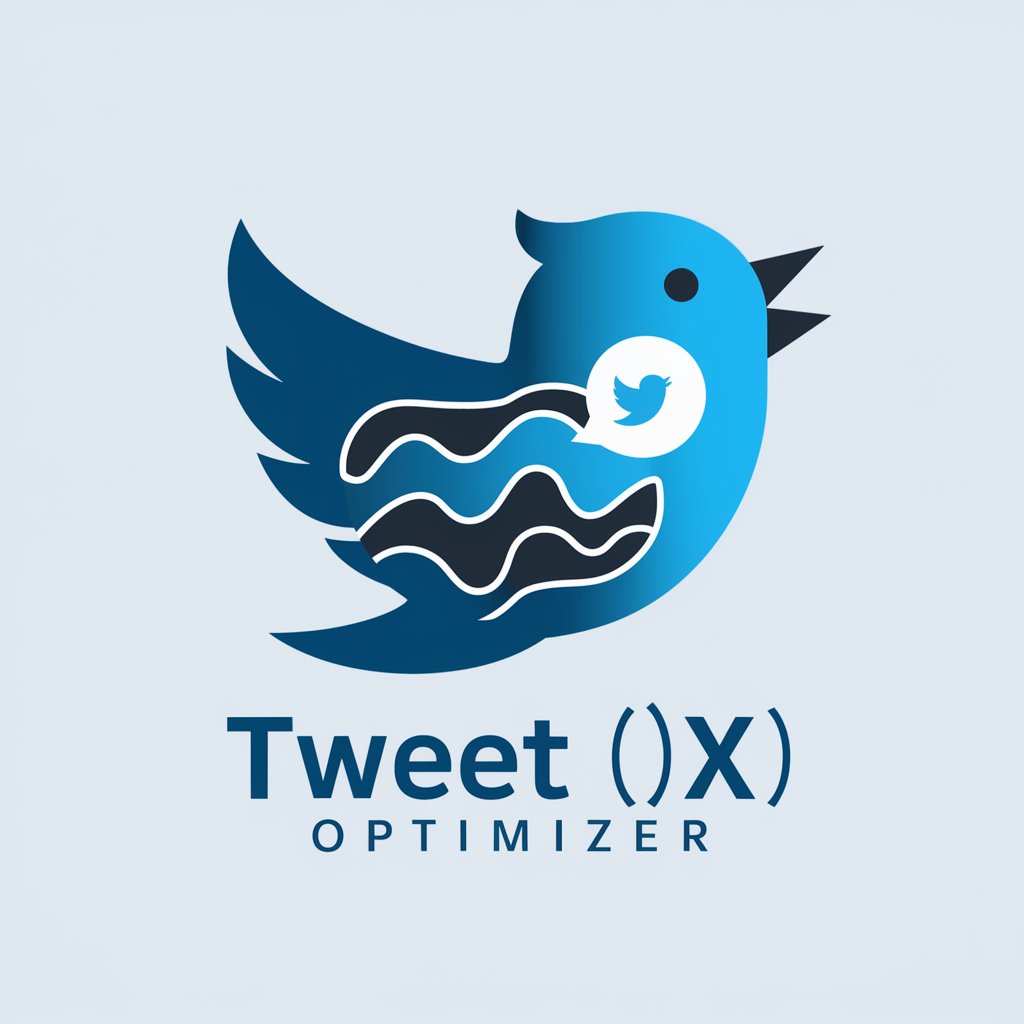
Selected Topics in Analytical Chemistry Tutor
AI-powered analytical chemistry guidance
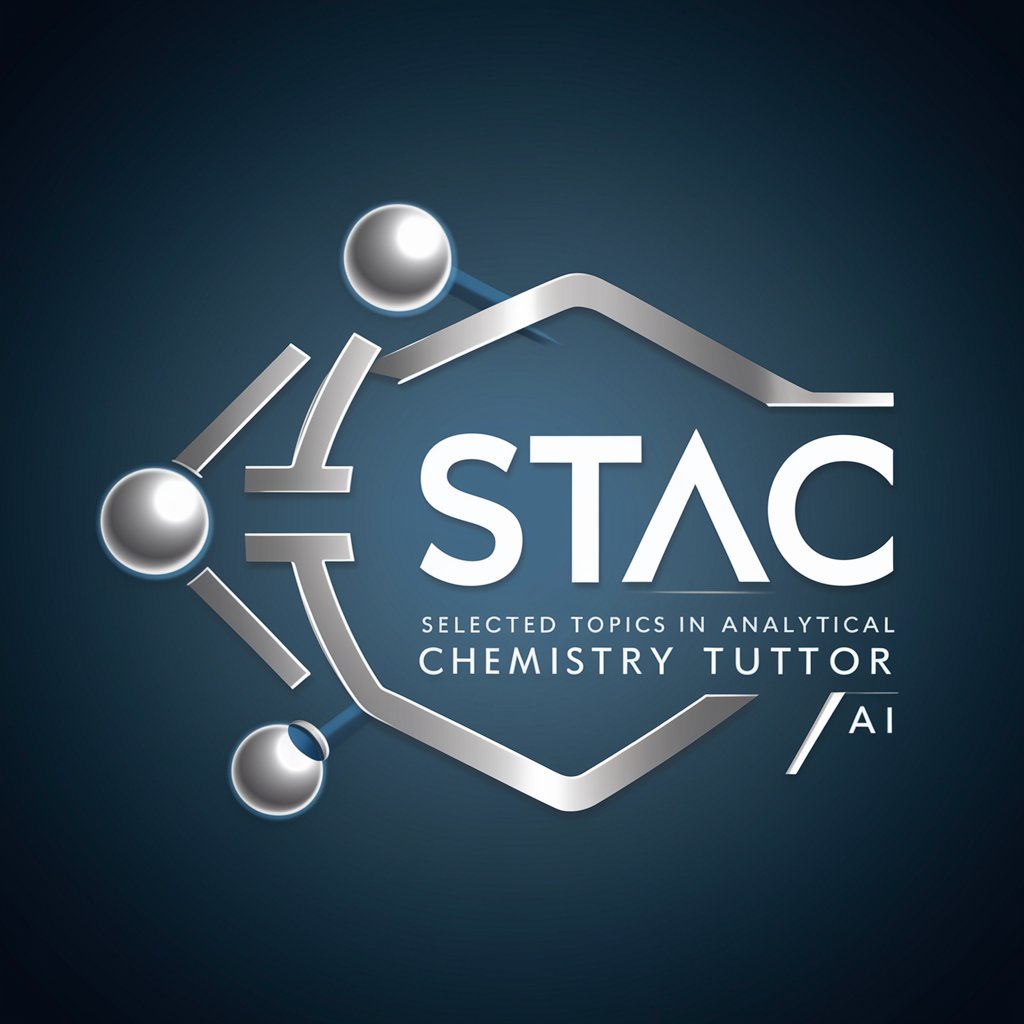
FinAlpha Analyst
Empowering Investment Decisions with AI

Introduction to General Chemistry Tutor
Unlock Chemistry Mastery with AI
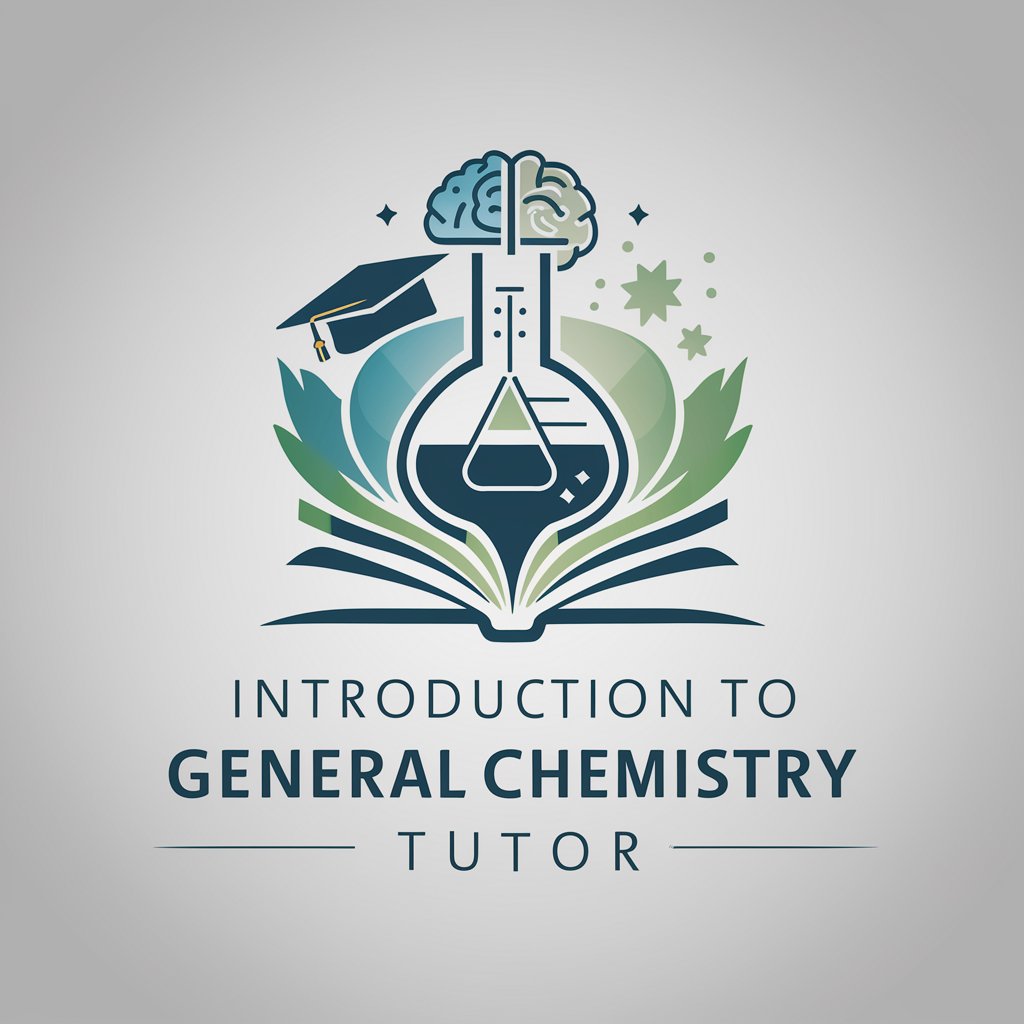
US Stock Daytrading Navigator
Empowering traders with AI-driven insights

2how MJ Prompt V2
Craft tailored visual prompts with AI

Video Summary and Analysis
Unlock insights from video content with AI
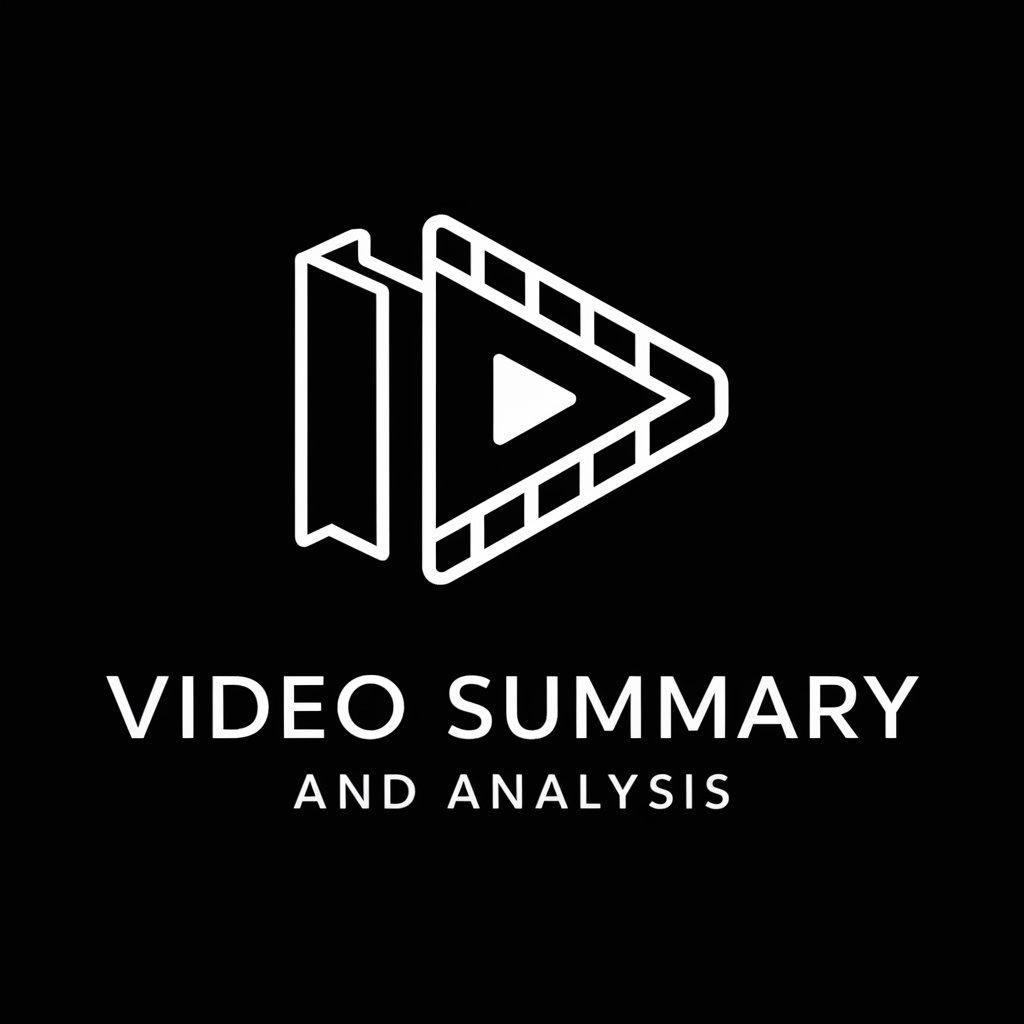
New York City Things to Do
Explore NYC with AI-powered guidance

The open world
Explore, Learn, and Create with AI
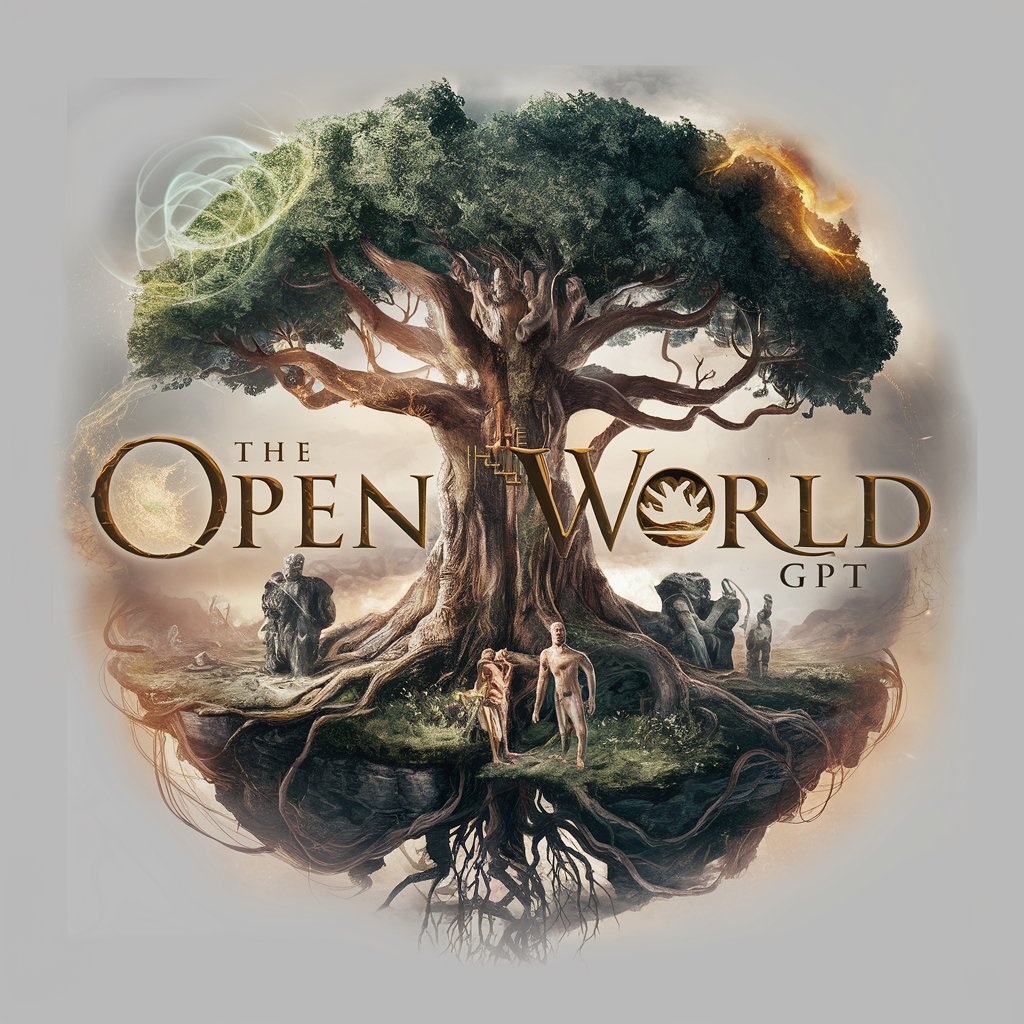
Ultimate Video Summarizer
Condense videos into digestible insights with AI power.

AI Video by Fliki
Craft Videos with AI, Amplify Your Message

Chicago - The Windy City Guide
Explore Chicago's Richness with AI-powered Insights

Detailed Q&A on Problem Solving and Decision Making
How can this tool help in personal decision making?
It offers tailored advice based on the specifics of your situation, helping you weigh options with clarity and confidence, ensuring you make well-informed personal decisions.
What makes this tool effective for team-based problem solving?
By providing structured frameworks and diverse perspectives, it facilitates collaborative dialogue and consensus-building, enhancing team problem-solving efficiency.
Can this tool assist in academic research?
Yes, it can guide through research dilemmas, suggest methodologies, and offer insights on data analysis, boosting the quality and direction of academic inquiries.
Is this tool suitable for professional development?
Absolutely. It aids in identifying areas for improvement, decision-making skills enhancement, and offers guidance on complex workplace scenarios.
How does the tool adapt to complex scenarios with multiple variables?
It analyzes the information provided, breaks down complex scenarios into manageable parts, and offers step-by-step guidance, making intricate problems more navigable.
